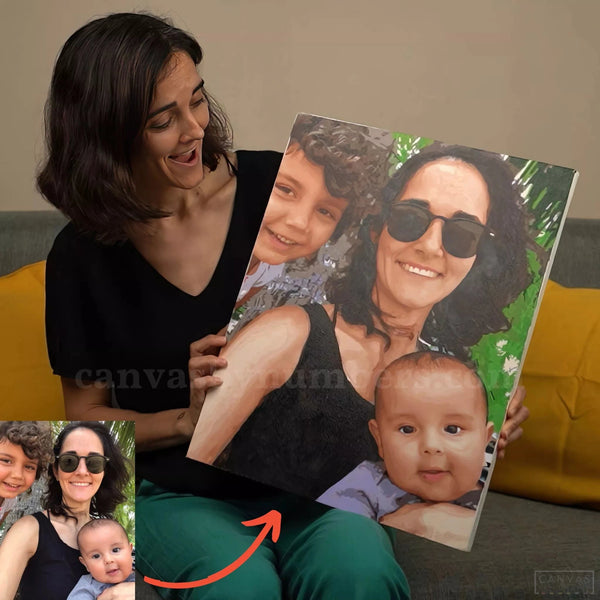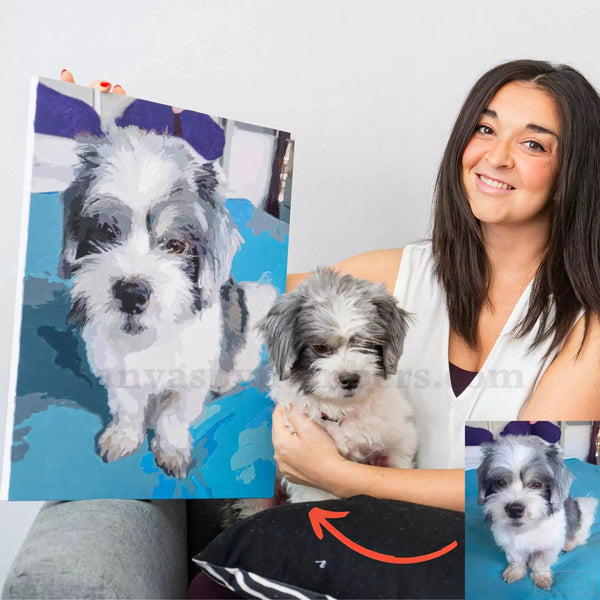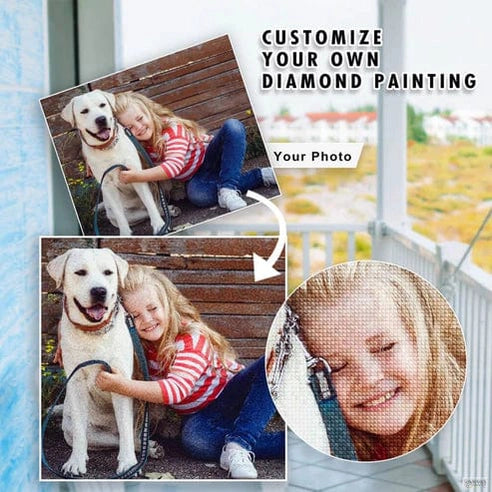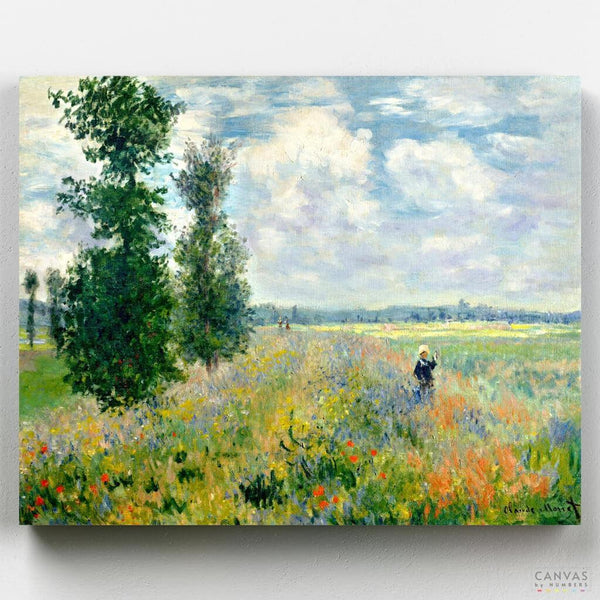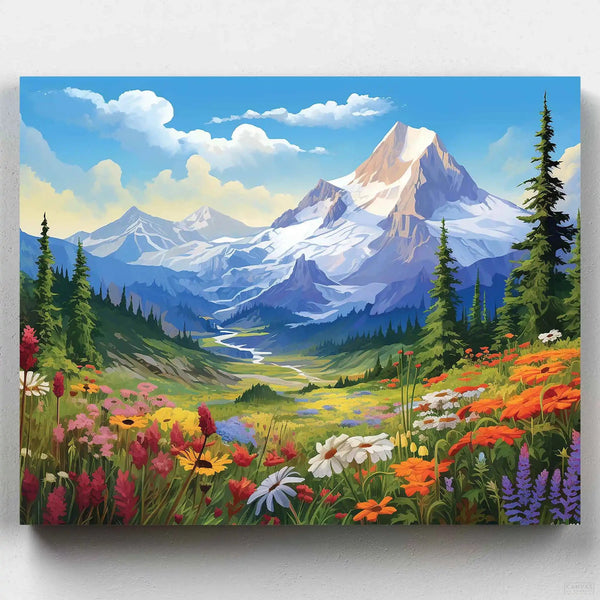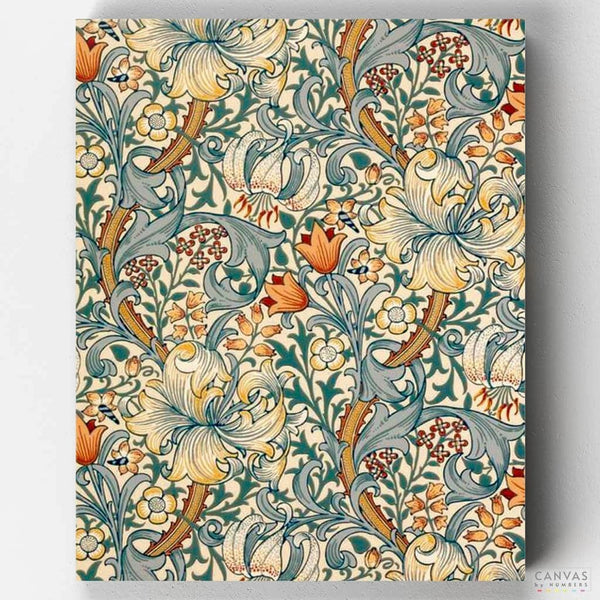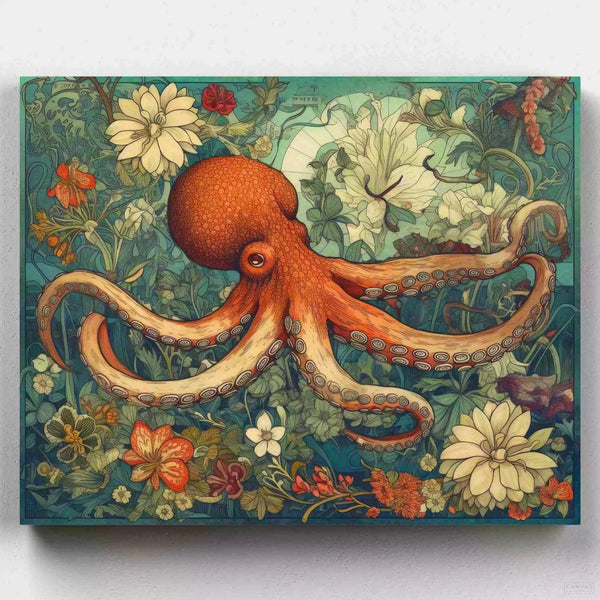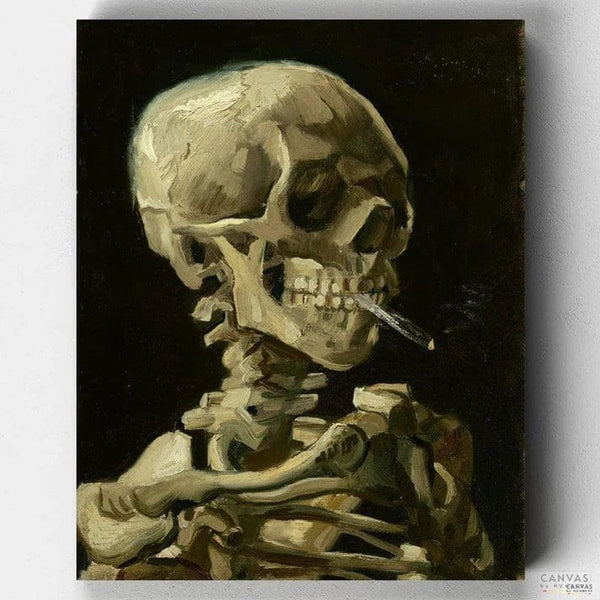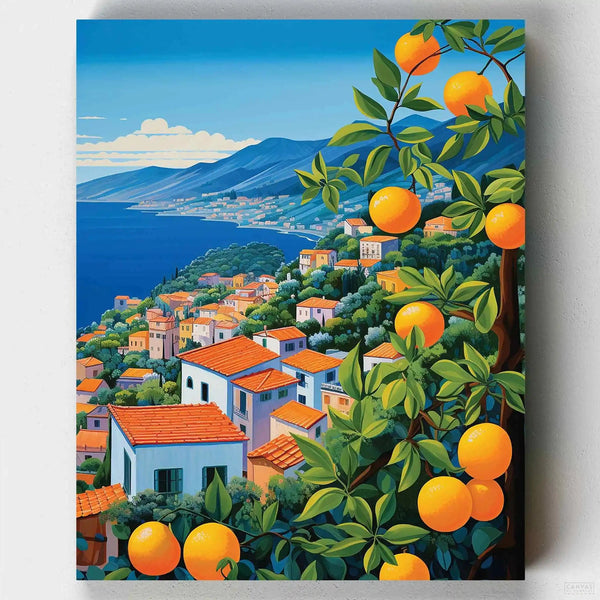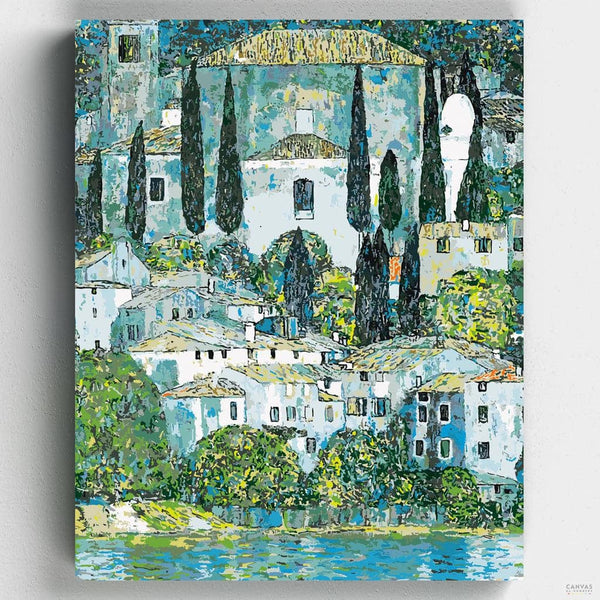From the Canvas by Numbers Blog, we want to share the curious story of the beginnings of paint by numbers and the immediate mass acceptance of this novel activity:
In March 1951, people of all ages arrived at Macy's department store in Herald Square, New York City. The holiday season had long ended, and gifts were already made, but customers wanted to witness the first demonstration of a new technique called paint by numbers.
The result was a massive purchase of the product by a diverse clientele that cleared out all the merchandise for sale.
The news reached the Annual Toy Fair taking place a few blocks away, and orders began pouring in from retail stores across the country.
There was just one problem: the customers were fake. Or the majority of them. The creators of the phenomenon never knew for sure. The speed with which the stocks were depleted was part of one of the most brilliant publicity stunts in art history, even though the paint by numbers concept had been inspired by a universal genius: Leonardo da Vinci.
Dan Robbins, an employee of Palmer Paint Co. based in Detroit, had read that Leonardo da Vinci taught his apprentices the basics of painting using numbered patterns on a canvas and thought the idea could have a much broader horizon. He started the project with the idea of launching a new product that would appeal to aspiring artists of all ages without the need for special talent or prior knowledge in the field.
It was not successful. Most retail merchants feared that customers would not understand the concept and would not want to engage in such a unique and novel art form.
That's when Max Klein, the company's founder, had a great idea. He and Dan Robbins met with Macy's toy buyer and requested permission to demonstrate their product in the store to gauge customer acceptance; any unsold merchandise could be returned at no cost to Macy's. Their interlocutor agreed.
For the demonstration, Max Klein hired two representatives to find enthusiastic audiences. In his 1998 memoirs, "What Happened to Paint by Numbers?", Dan Robbins recalls, "Max Klein gave each of the representatives $250, telling them to give it to friends, relatives, neighbors, and anyone willing to go to Macy's and buy one of our kits for $2.50." They distributed $500, more than enough money to buy them all.
And indeed, the trick worked, and "customers" swept up the product. The news of the massive sales spread to buyers visiting the nearby fair, and orders skyrocketed. The fake sales were absorbed by the real ones, and paint by numbers became a trend.
Both critics and serious artists mocked the paint by numbers concept. They joked about not needing talent or training to create a painting worthy of hanging on a wall. But their criticisms didn't stop the phenomenon, and soon, landscape paintings and animal paintings by numbers had invaded the nation's living rooms.
In 1954, Palmer Paint had $20 million in sales, 1,200 employees, and dozens of competitors.
Now that you know a bit more, you can take a look at our collections and paint what appeals to you. You'll find a wide variety of themes: landscapes, famous works, portraits, pets, flowers, seascapes, and more. Why wait to be an artist? You can also paint a picture to give to someone special.






